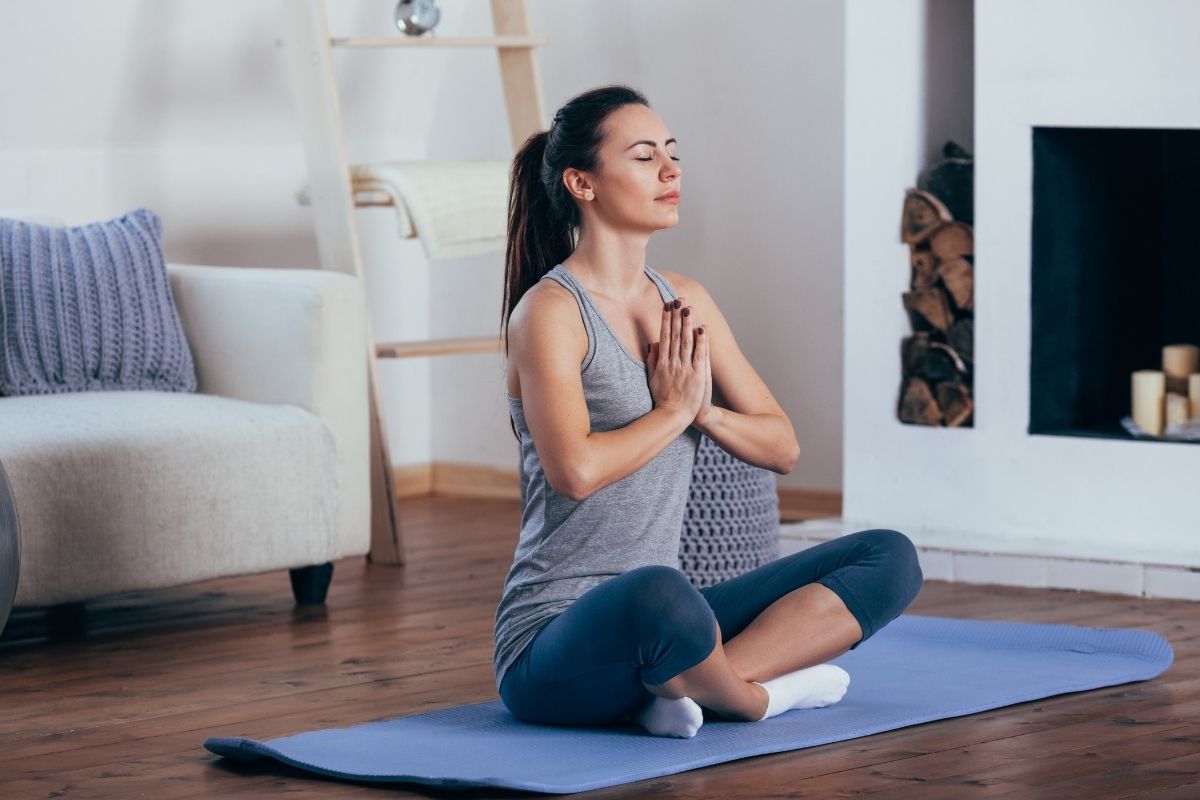Why Do Exercise Needs Vary Between Individuals
Why Do Exercise Needs Vary Between Individuals Engaging in a consistent exercise regimen is undeniably one of the most effective ways to enhance one’s health. Physical activity constitutes a cornerstone of a well-rounded, healthy lifestyle, boasting a plethora of advantages that extend to individuals of all backgrounds, ages, and fitness levels. Nevertheless, it’s imperative to recognize that exercise needs are far from uniform. This article delves into the underlying causes of these variations and offers guidance on designing a personalized exercise routine that caters to your specific fitness goals and overall well-being.
Why Do Exercise Requirements Differ Among Individuals?
The divergent exercise requirements among individuals can be attributed to several factors, with the primary determinant often being their distinct fitness objectives. Consider, for instance, the contrasting goals of weight loss and marathon running. The former necessitates a combination of moderate aerobic activity and strength training, while the latter mandates a rigorous focus on bolstering cardiovascular endurance and fortifying the leg muscles crucial for long-distance running.
Furthermore, disparities in current fitness levels play a pivotal role in dictating exercise needs. Those who boast a foundation of physical fitness and athletic prowess may engage in more strenuous exercises and establish loftier personal fitness targets compared to individuals embarking on their fitness journey or those recovering from prior injuries, who must approach exercise with caution to avert the risk of re-injury.
Apart from personal goals and fitness levels, various individual factors such as age, weight, height, and health status contribute to the formulation of distinct exercise needs. As an illustrative example, older individuals typically opt for less intense physical activities compared to their younger counterparts. Additionally, those in robust physical health may set less challenging goals compared to individuals grappling with health issues, who require more intensive exercise to regain their well-being.
The Advantages of Tailored Exercise Programs
Recognizing the multifaceted nature of exercise requirements and subsequently devising individualized exercise plans can be instrumental in helping individuals reach their fitness objectives. Here are some tangible benefits of personalized exercise programs:
- Sports-Specific Enhancement: Tailoring exercises to specific sports can foster improvements in the relevant skill set. For instance, a tennis player may focus on shoulder strength and stability exercises to elevate their game.
- Mental Acuity Maintenance: Tailored exercises can aid individuals engaged in activities requiring sharp cognitive faculties, such as extreme sports, in sustaining their mental agility.
- Optimized Cardiovascular Function: Tailored cardiovascular endurance training can assist long-distance runners in maximizing their cardiovascular systems and achieving peak performance.
- Time Allocation Flexibility: Customized routines acknowledge that individuals have varying time commitments. A young, unattached person may have more time to dedicate to physical health compared to someone with a packed schedule.
- Injury Prevention: Customized programs consider past injuries, helping individuals stay healthy without risking re-injury.
Read More : When Does A Wellness Check Become Harassment
Crafting the Ideal Exercise Regimen: A Step-by-Step Guide
Here are some key steps to formulating an exercise plan that aligns with your fitness objectives and current fitness levels:
- Define Your Goals: Clearly articulate your fitness objectives, whether they involve weight loss, enhanced endurance, improved balance, flexibility, or mental health benefits.
- Assess Your Current Fitness Level: Acknowledge your present state of fitness and account for adequate recovery periods. Be sure to incorporate warm-up and cool-down phases into your exercise routine to mitigate the risk of overtraining-related injuries.
- Select Enjoyable Exercises: Choose exercises that align with your goals and are enjoyable to you. For instance, a combination of weight training and aerobic activities like running, cycling, or swimming can facilitate weight loss. Yoga, on the other hand, enhances flexibility, balance, and mental well-being.
- Allocate Time Wisely: Determine the time you can commit to physical activity. Different exercise programs demand varying time investments. For example, strength training sessions at a gym will require more time than a brisk neighborhood walk.
- Evaluate Exercise Intensity and Duration: Factor in the intensity and duration of your exercises. Intensity pertains to exercise difficulty, while duration signifies the length of time spent on an exercise. For instance, running at a speed of 6 miles/hour is more intense and thus requires less time compared to brisk walking at a rate of 3 miles/hour.
How Much Exercise Do You Need?
The Centers for Disease Control and Prevention (CDC) recommends different exercise routines based on age groups:
- Young Children (3-5 Years): Encourage active play and enjoyable activities throughout each day.
- Older Children and Teens (6-17 Years): Aim for a minimum of 60 minutes of moderate to intense physical activity daily. Incorporate aerobic exercises (e.g., running, swimming, soccer) and strength-building activities (e.g., jumping rope, gymnastics, climbing).
- Adults (18-64 Years): Strive for at least 150 minutes of moderate physical activity weekly, such as 30 minutes on five days. Additionally, incorporate activities to strengthen muscles on at least two days.
- Older Individuals (65 Years and Older): Follow the same guidelines as the 18-64 age group. Additionally, engage in activities that promote better balance.
- Adults with Disabilities or Chronic Health Conditions: Engage in a mix of moderately intense aerobic exercises and muscle-strengthening activities that target major muscle groups. The goal is to stay as active as possible, even if the frequency differs from that of individuals without disabilities or chronic conditions.
Read More : How Has The Development Of Technology Positively Affected Our Wellness
In Conclusion : Why Do Exercise Needs Vary Between Individuals
Physical activity is a cornerstone of good health and overall well-being. Exercise needs are influenced by a range of factors, and a tailored exercise regimen can help you meet your individual goals and fitness levels. Importantly, remember that some exercise is better than none, and even without a personal trainer, you can embark on your fitness journey by consulting a healthcare provider, taking gradual steps, and building from there.




